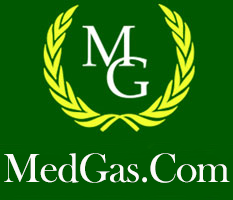About Us
We are a Nationwide network of passionate MedGas professionals
Our founder and President Jim Brusse has been involved with cryogenics since 1985 and MedGas focused since 2007. Jim’s vision and never settling for a set procedure has led MedGas.com to find and test the newest products in MedGas, some we determine are fantastic, some are not. Jim always pushes the team to examine our procedures and see where improvements can be made. The sign in the shop that reads “If you do this the same way every time, we never get better” is not just a saying, it’s our passion.
You can rely on MedGas.com to be a resource for new products, forms, manufacturer updates, and consulting. We are happy to take your call about a project, whether you are our customer or not, we will steer you in the right direction.


Hospitals
MedGas.com is not just a vendor, we are part of your team. Through our annual medical gas inspections we get to know your facility and team which leads us to know the important details for future projects and MedGas shut downs/Tie-ins. Annual inspections are managed by the same MedGas.com professional but the helper rotates to get a new set of eyes on the facility, however shutdowns and tie-ins are managed from start to finish by the same team member. We also have MedGas technicians to manage all your source equipment from regularly scheduled PM’s to complete upgrades.

MedGas Verifier
MedGas.com is your source for verification tool kits, analyzers, and extra personnel when your schedules get packed or projects are very large. Our verifiers are well trained and ready to travel. They will wear your uniform, use your equipment, and work along side your crew just as if they were your full time guy. We are stronger when we work together.

MedGas Installers
MedGas installers are professionals among professionals. We want to keep you informed about new technologies, tools, and procedures to keep you on schedule and make your projects look better than your competitors. We inventory Lokring fittings, MediTrac, valves, tools, brazing rings, oxygen analyzers, tools, and, just about anything else your crew will need.

Products
MedGas.com products meet the specific standards required for their intended purposes, please search for the products your facility or team needs to complete the jobs you have.


